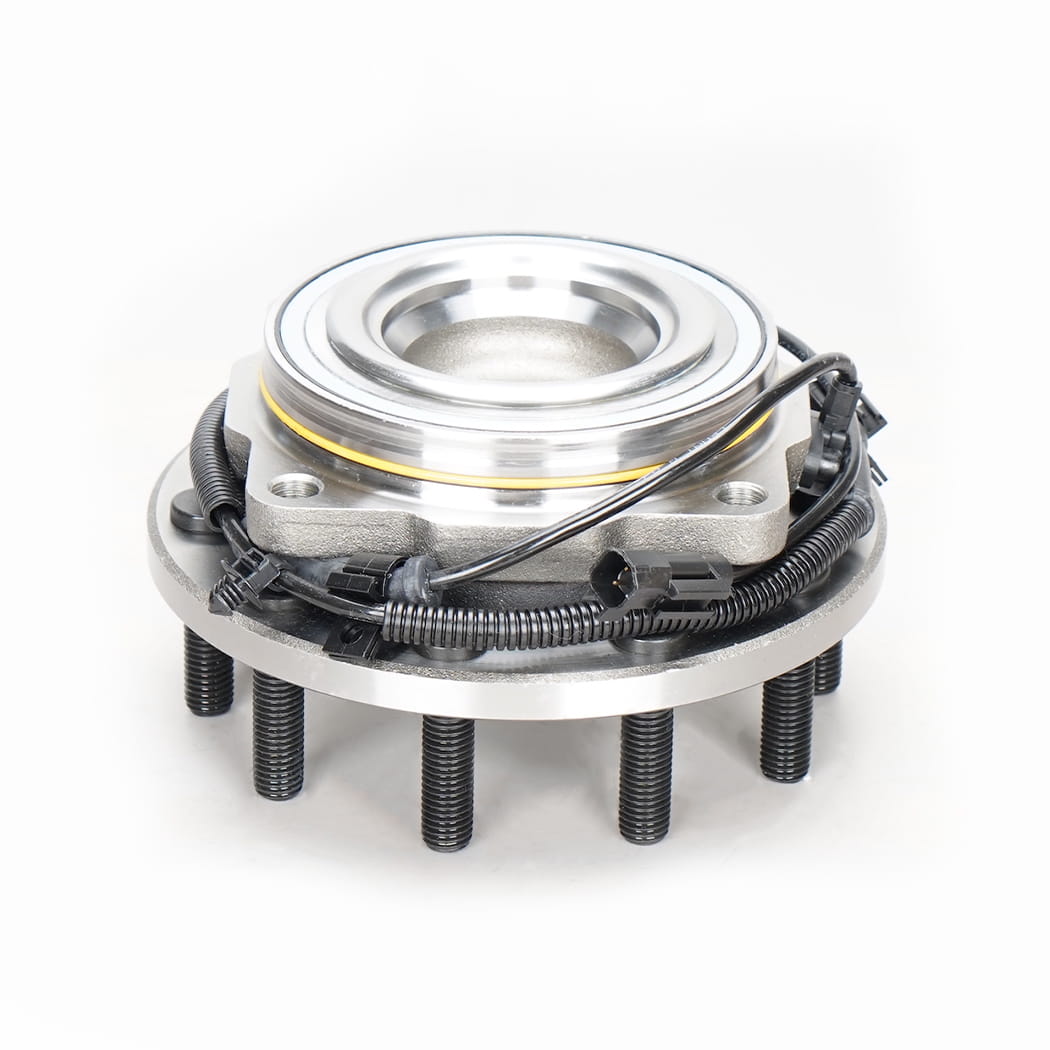Technological progress continues to drive innovation in wheel hub unit design, enhancing functionality, efficiency, and sustainability across the automotive sector. Recent developments focus on improving material science, integrating smart technologies, and promoting eco-friendly practices—all aimed at delivering superior performance while minimizing environmental impact.
Advanced Materials and Manufacturing Techniques
Modern wheel hub units increasingly utilize advanced materials such as carbon fiber composites and ceramic bearings. Carbon fiber offers exceptional strength-to-weight ratios, reducing unsprung mass and thereby improving fuel economy and handling responsiveness. Ceramic bearings, though pricier, exhibit superior hardness and thermal resistance, leading to extended service intervals and reduced friction losses.
Additive manufacturing techniques, commonly known as 3D printing, are revolutionizing production methods by enabling intricate geometries previously unattainable through traditional casting or machining. This flexibility allows manufacturers to optimize designs for maximum efficiency and minimal waste generation, aligning with broader industry goals towards sustainable practices.

Smart Hub Technologies
Smart hub technologies represent another exciting frontier in wheel hub unit evolution. Embedded sensors now go beyond basic ABS functionality to monitor parameters like temperature, vibration levels, and lubrication status. Real-time analytics derived from these sensors enable predictive maintenance strategies, alerting drivers well before minor issues escalate into major failures.
Furthermore, connectivity features empower fleet managers and individual users alike to remotely track vehicle health metrics via smartphone apps or cloud platforms. Such insights promote proactive decision-making regarding servicing schedules, ultimately saving time and money while maximizing uptime.
Additionally, efforts to minimize energy consumption during manufacturing processes align with global initiatives to combat climate change. Energy-efficient machinery, renewable power sources, and closed-loop recycling systems exemplify steps being taken to create greener supply chains.